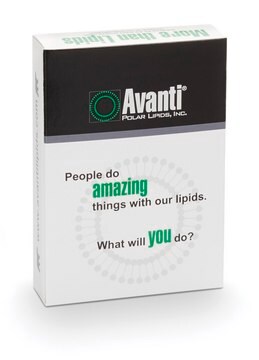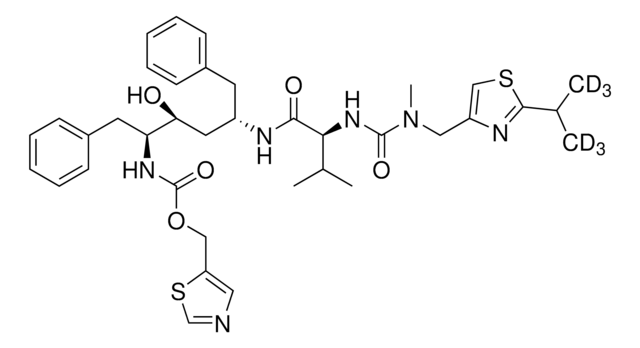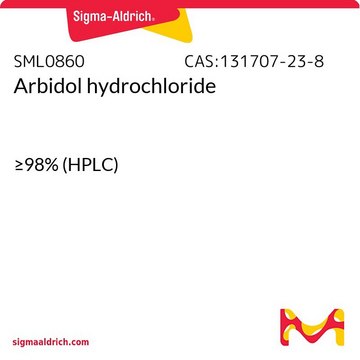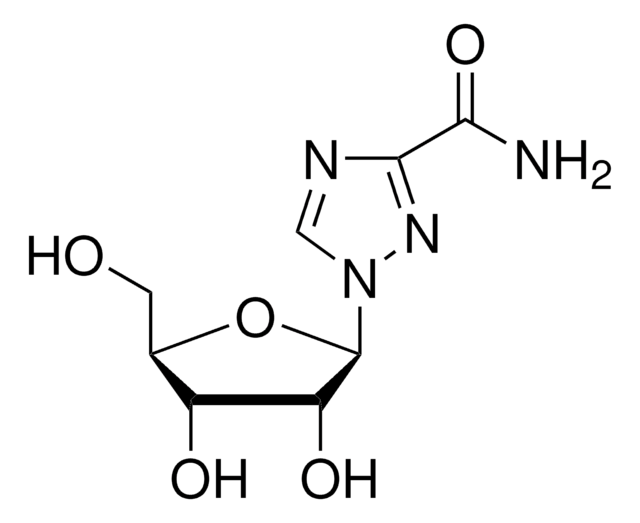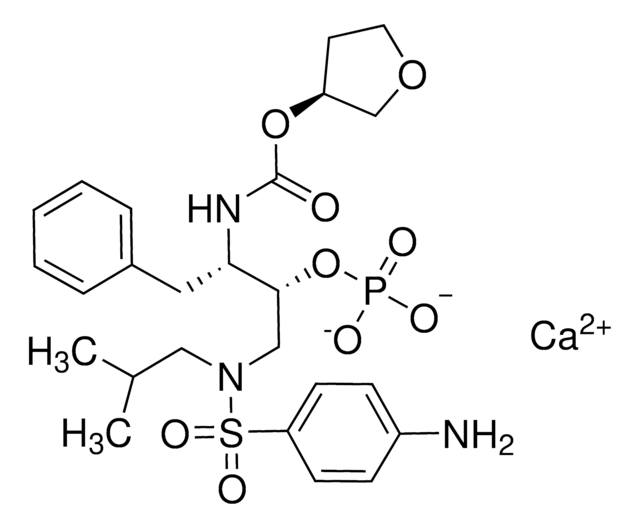SML0491
Ritonavir
≥98% (HPLC)
Synonym(s):
A-84538, ABT-538, Abbott 84538
About This Item
Recommended Products
Assay
≥98% (HPLC)
form
powder
color
white to beige
solubility
DMSO: 10 mg/mL (clear solution, warmed)
storage temp.
room temp
SMILES string
O=C(OCC1=CN=CS1)N[C@H]([C@@H](O)C[C@@H](NC([C@@H](NC(N(CC2=CSC(C(C)C)=N2)C)=O)C(C)C)=O)CC3=CC=CC=C3)CC4=CC=CC=C4
InChI
1S/C37H48N6O5S2/c1-24(2)33(42-36(46)43(5)20-29-22-49-35(40-29)25(3)4)34(45)39-28(16-26-12-8-6-9-13-26)18-32(44)31(17-27-14-10-7-11-15-27)41-37(47)48-21-30-19-38-23-50-30/h6-15,19,22-25,28,31-33,44H,16-18,20-21H2,1-5H3,(H,39,45)(H,41,47)(H,42,46)/t28-,31-,32-,33-/m0/s1
InChI key
NCDNCNXCDXHOMX-XGKFQTDJSA-N
Application
- as a human immunodeficiency virus (HIV) protease inhibitor to study its effects on placental endocrine function
- as an HIV protease inhibitor to study its effects on reduction of tetrazolium dye in human embryonic kidney cells
- as an organic anion transporting polypeptide (OATP) inhibitor to study its effect on hepatic uptake of bergapten and imperatorin
Biochem/physiol Actions
Features and Benefits
Signal Word
Warning
Hazard Statements
Precautionary Statements
Hazard Classifications
Acute Tox. 4 Dermal - Acute Tox. 4 Inhalation - Acute Tox. 4 Oral
Storage Class Code
11 - Combustible Solids
WGK
WGK 3
Flash Point(F)
Not applicable
Flash Point(C)
Not applicable
Choose from one of the most recent versions:
Already Own This Product?
Find documentation for the products that you have recently purchased in the Document Library.
Customers Also Viewed
Our team of scientists has experience in all areas of research including Life Science, Material Science, Chemical Synthesis, Chromatography, Analytical and many others.
Contact Technical Service




